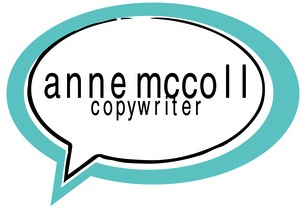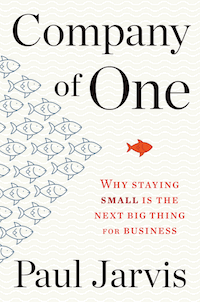“But, darling, I’m an artist,” he drawled while inhaling on the ever-present cigarette that dangled from his fingers.
I watched Halston, the Netflix series that explores the rise and fall of the designer who created Jackie Kennedy’s pillbox hat for her husband’s inauguration, grew a fashion empire, then crashed and burned after partying too much at Studio 54.
There’s a constant tension between creativity and commerce in the show.
“I must be a real artist because I’m a terrible businessman,” Halston complains.
“Do you have to choose?” a mentor asks.
“Yes, I probably do.”
“Why not both?” his mentor answers.
For 15 years, I have followed a former ad industry creative giant who is now an author and speaker. During quarantine, this individual developed a quick course to sell since there were no speaking gigs to be had. The copy was not engaging, and several versions of the ad appeared, all with forgettable stock photos. It was evident that there was zero creative direction from the former ad professional in the ad campaign for this product. I wonder if sales of this course would have been higher if the campaign had been a little more alluring.
For Halston, details were everything. He had to fight with the manufacturer because they didn’t want to use a special bottle stopper for his debut fragrance, which went on to make hundreds of millions of dollars. Were the details worth it? Yes.
In the end, Halston’s business faltered because he was spread too thin and inhaled too many chemicals. When he began collaborating to produce costumes for Martha Graham’s dance troupe for the sheer creative joy of it, an assistant asked him: “How do you want to make the audience feel?”
And Halston, being the artist, knew how to articulate it: “When the dancers move, I want the audience to feel something pulling back against them. I want to feel the membrane that separates our world from the heavens that we can never quite touch, if we could just stretch a little further, we could be immortal.”
And that’s where art collides with business. How can you reflect what people want to feel in a product that you create? That’s where the magic happens.








































































